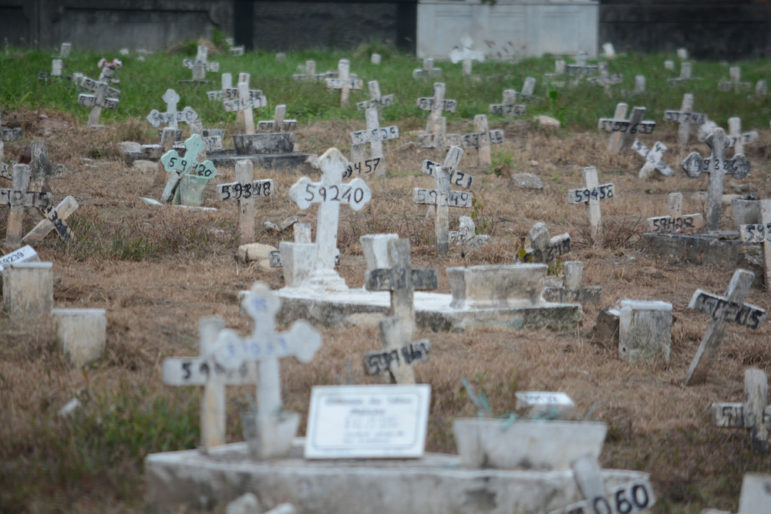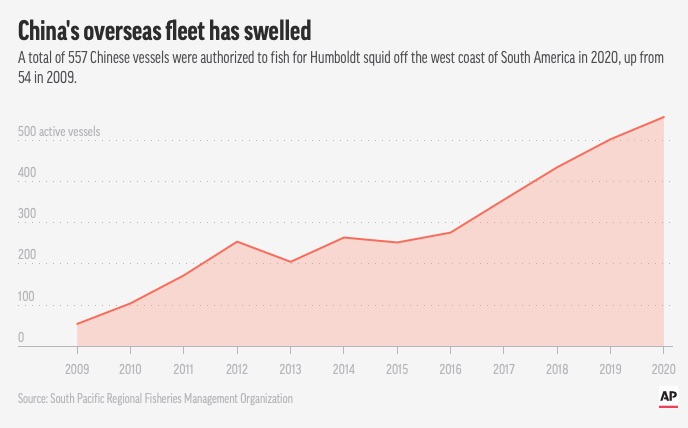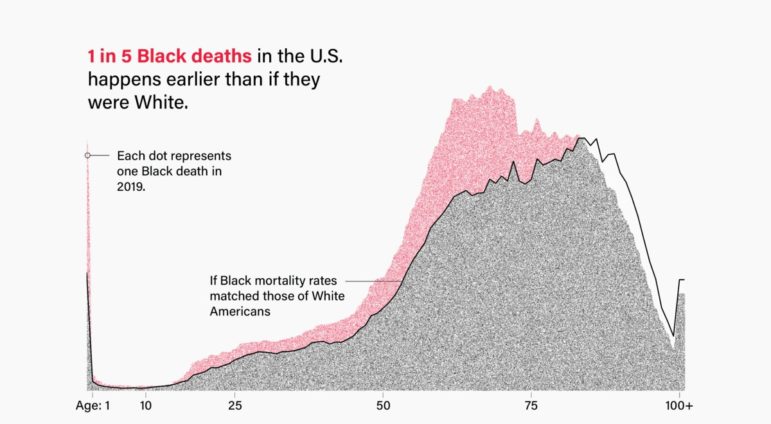
Data Journalism
Data Journalism Top 10: Breaking into Data Journalism, America’s 5G Fail, Thai Pop, Gender Bias, Fake Google Reviews
We often talk about climate change as an issue future generations will confront. But society is already feeling the dangerous impact of rising temperatures as more and more regions around the world slowly become unlivable. The Guardian produced an ambitious data project on this issue as well as another piece examining the shifting carbon center of gravity. The most popular data journalism tweets between October 11-17, as discovered by our NodeXL mapping and human curation, also include stories on the long-expected arrival of 5G technology, the rise of Thai pop, and fake reviews on Google Maps.









